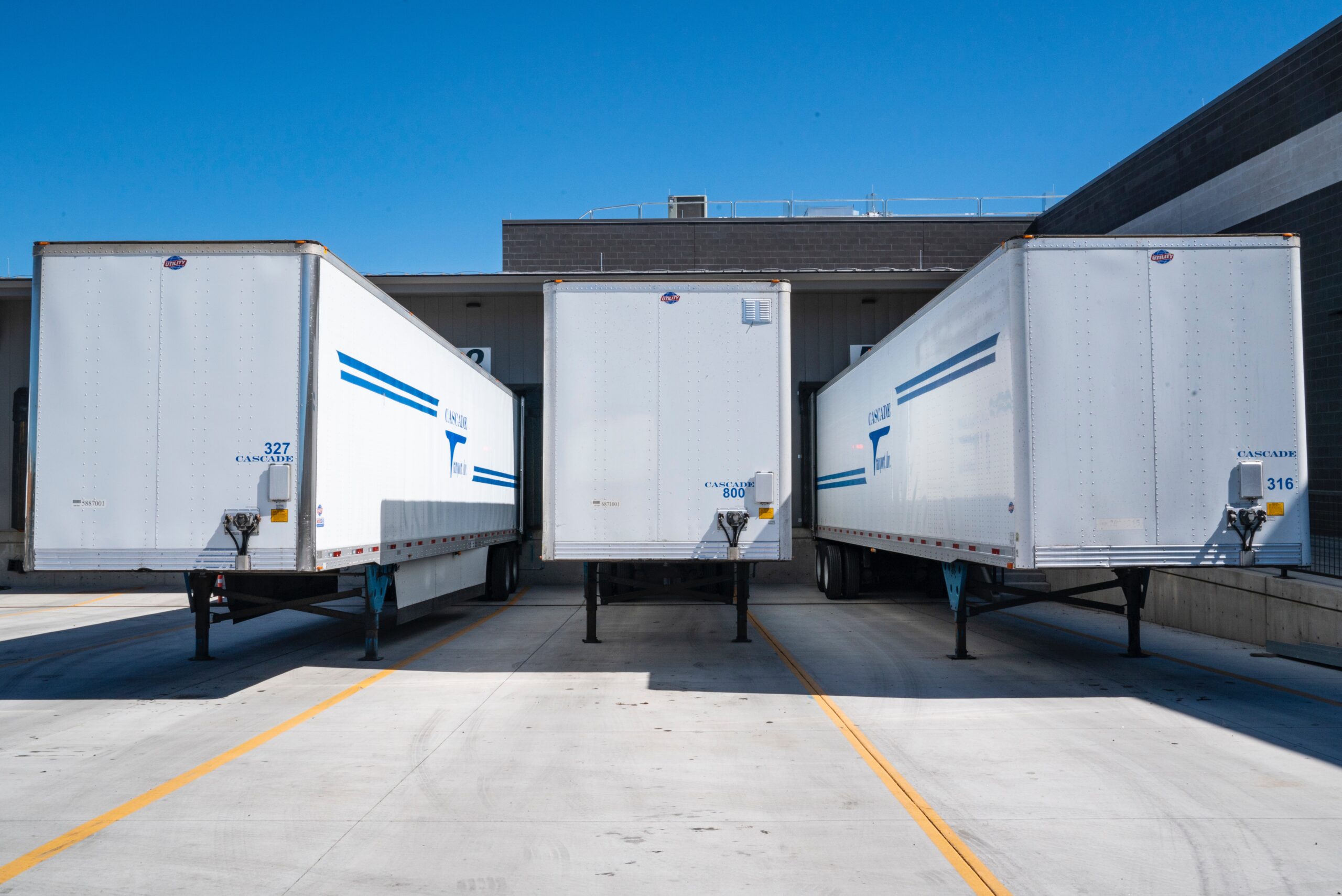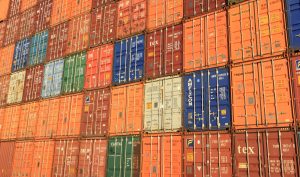As supply chain disruptions and labor shortages continue to create logistics problems, shippers, brokers and carriers are struggling to find solutions. Here are six tactics to manage the situation.
Reduce Bottlenecks
When ports are blocked or containers sit outside warehouses for days waiting to be loaded or unloaded, it creates a bottleneck in the management pipeline and additional costs that are difficult to manage. What’s more, these delays directly impact a carrier’s ability to meet delivery deadlines on other shipments. Many carriers currently refuse to book new loads until current loads are processed.
Therefore, excellent logistics must be put in place to better manage the bottleneck and thus meet commitments.
Increased Detention Costs
Detention times have become a significant issue in LTL freight because drivers have multiple stops to make and cannot afford excessive waiting time. In these cases, LTL freight carriers can add higher fees when pickups are missed or carriers are not ready to load within the agreed-upon time frame.
Revisiting Shipper Relationships and Growing Demands
Carriers are also taking a close look at client relationships right now. If shippers or brokers are slow to pay, they could see themselves moving to a secondary position to book loads.
Also, if a company is unable to meet downtime or holds trailers longer than expected, some carriers may even refuse tenders or may add additional charges.
To help this situation, some carriers are asking for more flexibility in pickup and delivery to maximize driver time and improve capacity.
Keep a Close Eye on Rates
For shippers, rates continue to rise to historic levels. Shipping a standard metal container from China to the West Coast now exceeds US$20,000. The Washington Post reports that this is double what it cost in July, which was already double the cost in January.
Once the shipments reach the U.S., the cost of delivery has also increased. Many shippers are not as concerned about the rates they have to pay as they are about finding a truck to move their freight.
For carriers, this creates more opportunities for negotiation, especially for spot loads or when entering new contract periods. Carriers and shippers need to analyze the risks associated with rate locking and what it means in the long run.
Re-evaluate Supply and Contracts
Many carriers are also re-evaluating their procurement and contracting methods. For example, many smaller carriers are moving away from dedicated contract carriage (DCC) to take advantage of higher spot rates. Others are opting for greater long-term stability and requiring annual agreements to guarantee workloads and block rates.
Increasing Capacity Through Fleet Expansion
While some carriers are content to keep their trucks full and their drivers busy, others are trying to expand their fleets to increase capacity. Carriers like XPO, YRC and ABF have been expanding and upgrading their fleets. TRAC Intermodal recently completed a $1 billion acquisition and containers upgrade to help meet the increased demand. This upgrade began in 2015, so it was well underway before the current intermodal shipping crisis hit.
As many carriers looking to expand have been affected by a global semiconductor shortage, they have left their orders for new rigs vacant, which brings opportunities.
Capacity and Logistics Challenges Continue
Industry analysts don’t expect capacity and logistics challenges to abate anytime soon. This is causing many carriers to evaluate the way they do business, the rates they charge and the business relationships with their shippers and brokers.





